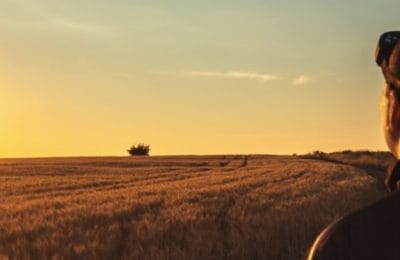Among the main questions producers have is knowing how much the animals eat and what the daily cost is for them, for their business. In this week’s text, we will talk about some points that are important to answer these two questions. Focused on milk production, we will start by answering how much animals eat per day, based on their dietary requirements, understanding the system for defining the diet and, finally, the daily cost. Check out:
- Dietary requirements.
We know that a cow needs to eat around 3% of its live weight per day, so a 600kg animal will need to consume 18kg of dry matter (DM) per day. This amount can come from different types of foods, such as roughage, concentrates or a combination of the two, this will depend on the organization of your system.
- Know the dry matter content of foods
The animals’ diet is calculated in dry matter (DM), that is, the food without the water content, this is because it is in the dry matter that nutrients are found, such as energy, protein, minerals, etc., which will be supplying the animal’s needs. Each food has its own DM content, so it is important to know the ingredients you are working with so you can calculate the exact amount of DM coming from each one and adjust the diet according to the requirements of your herd.
- Understand the system and define what will make up this animal’s diet
If the property works with pasture, silage, feed or a mixture of these three foods, it is necessary to calculate each one separately, as DM levels vary from food to food, pastures, for example, on average have a DM percentage around of 20%, whole plant corn silage around 30% and feed 90%, and the dry matter content of foods can vary according to several factors, so it is important to carry out an analysis of the foods used on the property, to have a more assertive consumption projection.
- Ensure that the animal consumes the necessary amount
In addition to knowing the foods and calculating the herd’s diet, we need to ensure that the animals ingest the necessary amount of DM per day. Therefore, some factors are important such as: food quality, trough sizing and good pasture management. Studies on the behavior of grazing animals have developed the management concept called rotational grazing, which shows that there is an optimal management height for each species of pasture where dry matter intake is maximized, for example oats and ryegrass, which are two cultivars. winter annuals, pre-grazing height for oats is recommended at 30 cm and post-grazing at 18 cm, and ryegrass is pre-grazed at 20 cm and post-grazed at 12 cm. Managing the pasture in this height range ensures that the animal has a higher intake rate during the period of time it has to graze and thus is able to ingest a greater amount of DM.
What is the daily cost?
- Know what the animal eats and in what quantity
Having defined the previous characteristics, we already know what makes up the herd’s diet. To calculate the cost we need to look at the separate foods and understand the acquisition or production costs of each one.
In pasture systems, take into account implementation and maintenance costs, and divide it by the period of use.
When it is feed, the costs will vary if it is produced within the property, where some ingredients come from the same or if it is acquired from outside. When produced on the property, take into account costs for production, harvesting and storage of these foods.
Silage, it is important to consider production, preparation and labor costs, the latter being taken into account for the previous items as well.
- Calculate according to the amount of MS of each
As we saw above, it is in DM that the nutrients are found and therefore, to know the real cost of a food, it is necessary to calculate it according to its dry matter.
- Assess whether the system is profitable
As we know, food is one of the factors that generates the most costs within livestock production, therefore, it is important to have good management and evaluation of the system to understand whether it is being profitable or not and seek viable alternatives to reduce costs.



